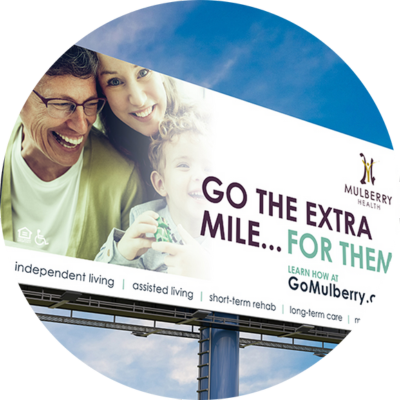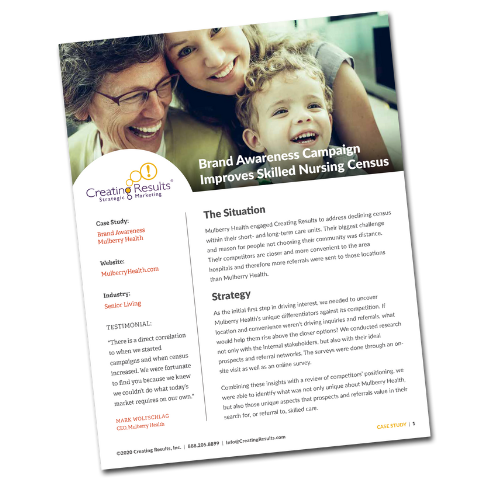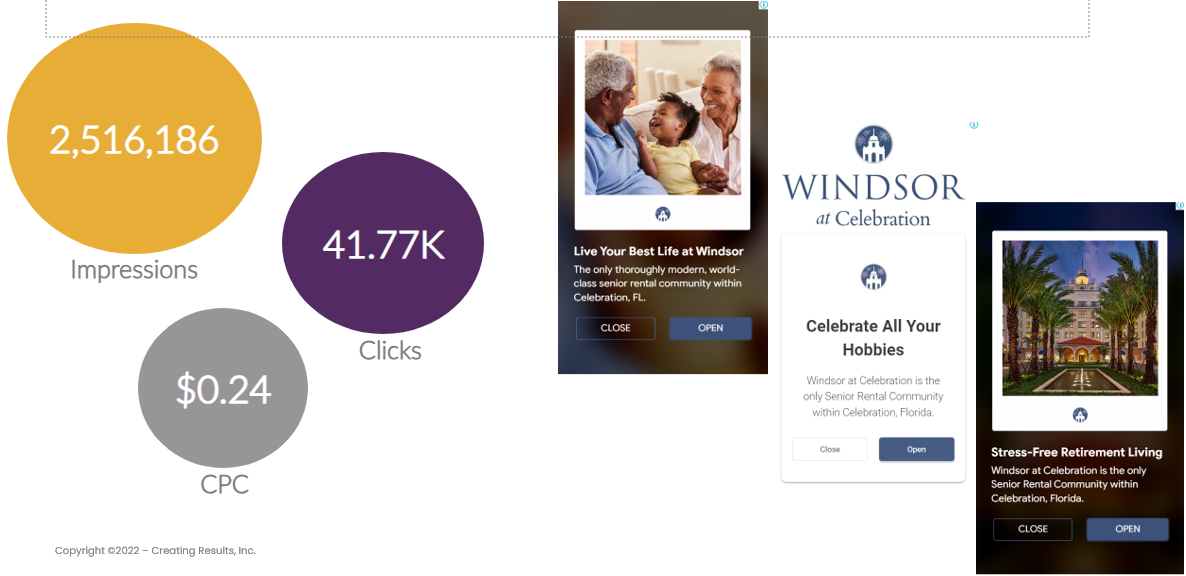Are you trying to decipher the labyrinth of marketing metrics, unsure of what really matters? Do you want to ensure that your senior living or 55+ community thrives in an ever-competitive market? Discover the most important marketing metrics to measure success in senior living and active adult marketing. The key is to align the metrics you track with your business goals and your prospect’s journey.
Primary focus: Qualified leads
For most communities, the main purpose of marketing is to fill the sales team’s pipeline with qualified leads to work (i.e., lead generation). To that end, your marketing plan should define the number of leads it’s designed to generate. This lead goal should be in alignment with your sales goal. What does that mean? Work backward from your sales goal to determine how many leads you need to meet your goal. For instance, if you need 50 sales in a year to meet your business goals, and your sales team converts 5% of qualified leads to a sale on average, that means you need 1,000 qualified leads to meet your sales goal.
EXAMPLE:
50 / 5% = 1,000
Sales goal / Sales conversion rate = Leads needed
Attracting attention: Awareness metrics
At the beginning of the prospect’s journey, your primary goal is to capture their attention and raise awareness about your brand. Your prospects can’t consider your community if they don’t know about it, right? Some key metrics to focus on during this phase:
- Total impressions: Are your online display ads being seen by your target market? Reaching your expected impressions is a sign that you’re reaching your audience effectively.
- Organic sessions: Are your visitors finding you via search engines, social media, through links on other sites or directly typing in your URL? This metric helps you understand the lift you’re generating through awareness tactics like print ads in newspapers and magazines or billboards on your prospect’s drive.
See how Creating Results increased skilled nursing census through brand awareness.


Cultivating interest: Conversion metrics
Once prospects are aware of your community, it’s crucial to pique their interest and encourage them to act. Requesting information or scheduling a tour are common goals here. Thus, key metrics include:
- Click rate: Of the people who saw your ad, how many clicked on them? This metric helps you understand if your ads are resonating with the intended audience.
- Conversion rate: This is the percentage of visitors who perform the desired action. A conversion rate that meets or exceeds the benchmark (which varies depending on the tactic) indicates that your ads and landing pages are performing well. If your impressions and clicks are where they’re expected to be, but your conversion rate is lagging, it may be an indication to optimize your landing pages.
- Cost per lead: This metric tells you how much you’re spending to get one conversion. While you want to keep this number as low as possible to maximize your marketing return on investment (ROI), it’s important to remember that tactics work together for optimal results. For example, after sending a direct mail (generally a higher-cost tactic), you may see an increase in your paid search results (generally a lower-cost tactic) as people who receive the mailer go online and search for your community. A good marketing partner can help you evaluate costs against benchmarks and advise you on how to maximize your marketing dollars.
2022 YTD Out-of-State Results for Display Ads for one of our clients, Windsor at Celebration:

Nurturing relationships: Mid-funnel metrics
Once your prospects have raised their hand, your next goal is to nurture them to a sale. As a high stakes sale that likely hinges on your prospect selling their home and moving into your community, this process can take significant time with many touchpoints by the sales team. Marketing can help support these personal touches. Here you might measure:
- Event attendance: Engaged prospects will attend events sponsored by your community to start getting familiar with the lifestyle offered and their potential new neighbors.
- Email open and click rates: Engaged prospects are also interested in the news and updates you share. Here you’re looking for open and click rate percentages that meet or exceed benchmarks.
Understanding the big picture: ROI
Finally, to fully appreciate the impact of your marketing efforts, consider the ROI. This ratio measures the revenue your marketing campaigns generate compared to the total cost. A positive ROI tells you that your marketing efforts are paying off. Learn more about ROI.
Remember, understanding “What marketing metrics are most important?” isn’t a one-size-fits-all proposition. Each senior living and 55+ community is unique, with different goals and different prospects. Thus, the importance of certain metrics may vary. But by keeping an eye on these critical areas, you can ensure that your marketing efforts align with your goals and effectively guide potential residents along their customer journey. And that’s a sign of marketing success.



